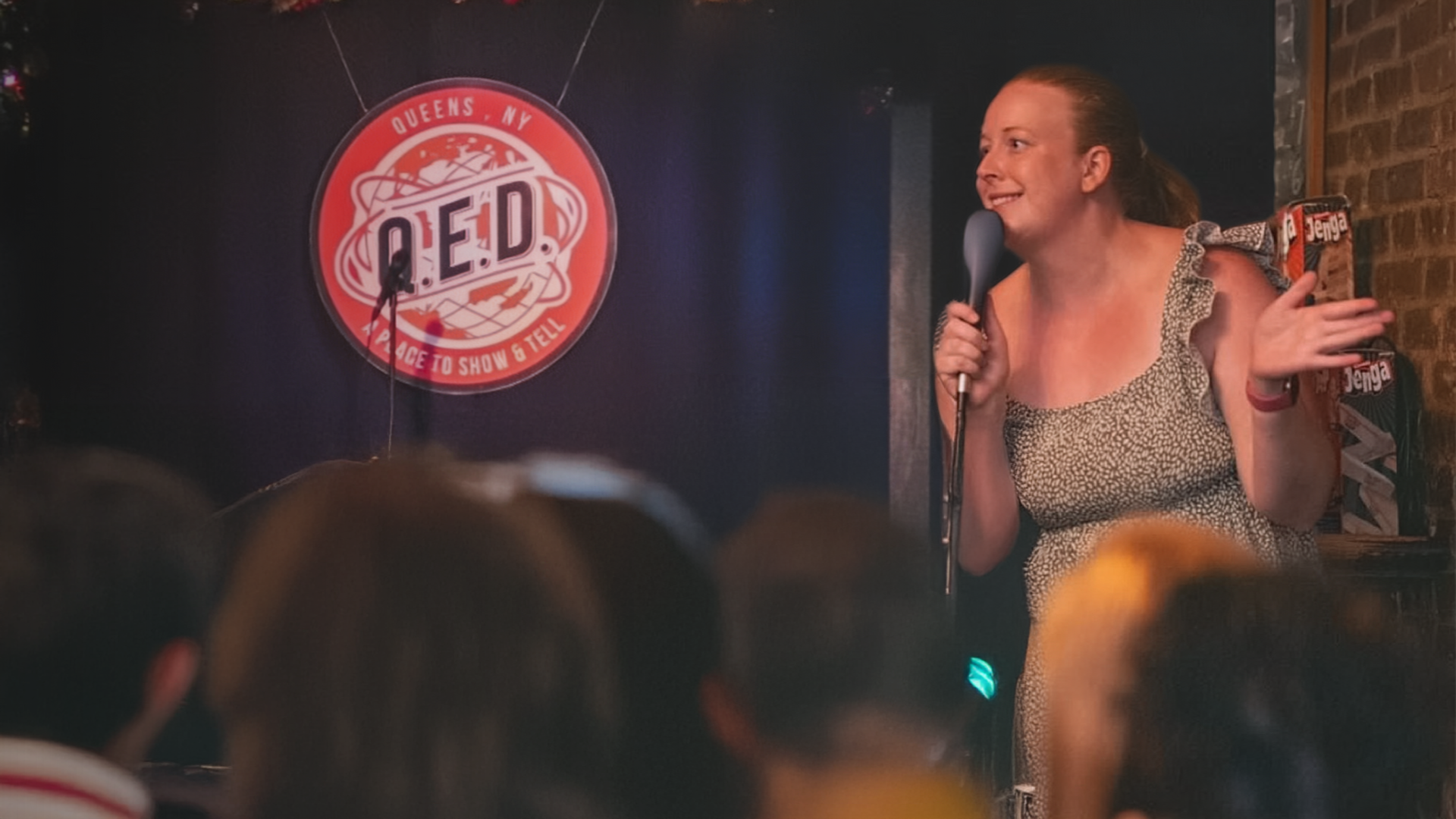Brace For Impact: Interdisciplinary course blends the classroom with the real world, in partnership with The Hurt Hub
September 6, 2018
When Prof. Pat Sellers handed out the syllabus for CIS 230 last spring, officially named "Seminar in Applied Research Design and Data Analysis," the 15 students in the room were stunned. The document - typically a day-by-day map of the semester - was mostly blank.
"It freaked the students out," Sellers said. "It freaked me out a little bit, quite honestly."
The empty space showed both the promise and the challenge of this course - one of the very first classes to be fully supported by the Jay Hurt Hub for Innovation and Entrepreneurship.
Yes, students would analyze data and conduct research. But the course title drastically undersells what made the course so unique. In CIS 230, students partnered with the Davidson College Communications team and the two anchor tenants of The Hurt Hub, Rocus Networks, a cybersecurity outfit, and Quoin, Inc., a software firm. The students would work with their industry partners to tackle real problems, offering data-driven solutions to guide Davidson's social media strategy, underscore the cost of network breaches and help visualize data that would facilitate the reunification of separated refugee families.
Raising the Stakes
Of course, the concept of working with external organizations isn't necessarily new. Davidson has a long tradition of offering courses where students engage with the world outside of campus. The Center for Civic Engagement, for example, has been connecting students to opportunities outside the classroom for years.
The twist for CIS 230 was using The Hurt Hub to have students work on projects for for-profit entities.
"This gives the students an opportunity to work on applied projects for people outside of Davidson," Sellers said, "and to develop concrete experience that looks really great on your resume and your application. Students come away from the experience with a deep understanding of how their Davidson education is going to help them down the road."
It also raises the stakes of the work students get to do.
"It's different if you're giving it [the work] to a professor for homework, and if you fail, they're going to be there to help you figure out what to improve," said Kendall Thomas '19. "Here, you're giving the final project to them and walking away. So, if it doesn't work, it looks bad on you because you can't fix it.
"You're not set up for success," she said, "I think that's an important part of an education that we don't really get in the classroom."
Inverting Learning
Sellers divided the class into three teams; one team per client. Using StrengthsFinder analysis, students tried to set team responsibilities according to the skills each student brought to the group.
Those skills varied widely. Sellers' students represented a wide cross-section of age and experience; upperclassmen computer science majors worked alongside freshmen who had never taken a stats course.
Then, each team worked with their clients to map out their project and then figure out how to get it done. Sellers provided a guiding hand, trying to let the students chart their own courses with one major caveat: Each student had to learn one new skill -- that they could choose.
"My insistence was that each student learn a new skill, so we couldn't have students coming into the class that already knew how to do everything and then just sort of cruise through it," Sellers said. "Each student learns a different skill, and then they work together to produce the final deliverable.
"That was the model that we follow across all three projects and it was completely unnerving at the start, but the students were really flexible."
That model marked an increasingly common inversion of the typical classroom dynamic. When Sellers started at Davidson in 2000, most classes involved him standing in front of a class, lecturing his students. That doesn't work quite as well as it used to.
"Students can find so much information on their phone, on their watch, on their iPad or on their computer that the nature of teaching... has really had to evolve away from me providing the knowledge to me to helping students learn how to learn," Sellers said. "And when you think about the economy in the 21st century and how so many jobs are changing at such a rapid pace, it's that skill, that ability to figure out things that you don't know, that is one of the most important things we can convey to our students before they graduate."
Students used online courses to bolster their understanding of regression or to learn R, a statistical programming language. However, the most valuable lessons came from communicating with professionals or from leading the project group.
"The funny thing was I became the project manager, which I was a little confused about because I wouldn't consider myself a great leader," computer science major George Baldini '19 said. "I'm not very outgoing. I'm more of a quieter guy.
"I never had a big leadership role before because I always felt kind of uncomfortable telling people what to do and getting on their back if they're late or if they forgot about something," he said.
But as his team moved forward - with Sellers's support - Baldini grew more comfortable in a leadership role.
"It was definitely a cool experience for me to grow as a leader," he said, "but also to identify areas that I need to work on moving forward."
Rewarding Work
The true thrill of CIS 230 however was seeing classroom projects take root in the real world. The team partnered with Quoin developed a data visualization for the company's software platform known as Primero, which helps organizations like UNICEF track and reunite refugee families who are separated.
"There are a lot of refugees streaming out of Syria," said Jean-Pierre LeJacq, chief technology officer for Quoin. "They often get disconnected so the children will end up in one camp, the parents in another. And how do you connect them? How do you find the families for the children? That's essentially what our product does."
The CIS 230 students built a dashboard of graphs and charts that Quoin could deploy around the world.
"We have all kinds of data now about refugee inflows, outflows, and we wanted to make it more accessible to people," LeJacq said. "And a graphical approach is often very helpful there."
Quoin was so happy with the product that Alex Hazan '20, one of the coders on the project, interned with Quoin this summer at The Hurt Hub, implementing the visualization his team had developed.
"A lot of computer science students never really get the opportunity to work on a real project," LeJacq said. "This is a concrete, real-world application that will get implemented. It's not an academic exercise, and there are a lot of complexities that you just don't run into when with a normal class exercise."
Hazan's work with Quoin was particularly satisfying due to the overlap of Hazan's skill and the company's mission.
"One of the most rewarding things about this class was not only that the work we did went into use in the real world, but it was implemented to help families in war-torn countries, where it was desperately needed," Hazan said.
"I think that was one of the really special things about this class. It exemplified the liberal arts principle of taking your skills, honing them, and then translating them for service into the greater community," he said. "I think that's a really special thing that can only be achieved at a place like Davidson."
View photos from the Hurt Hub @ Davidson Launch Party.
Jay Pfeifer
japfeifer@davidson.edu
704-894-2920



